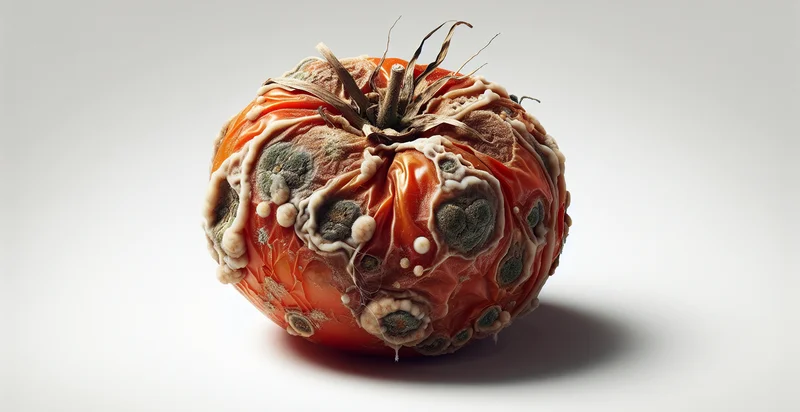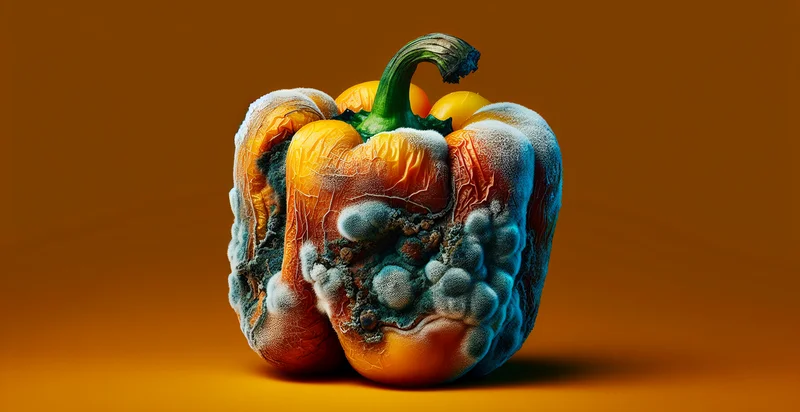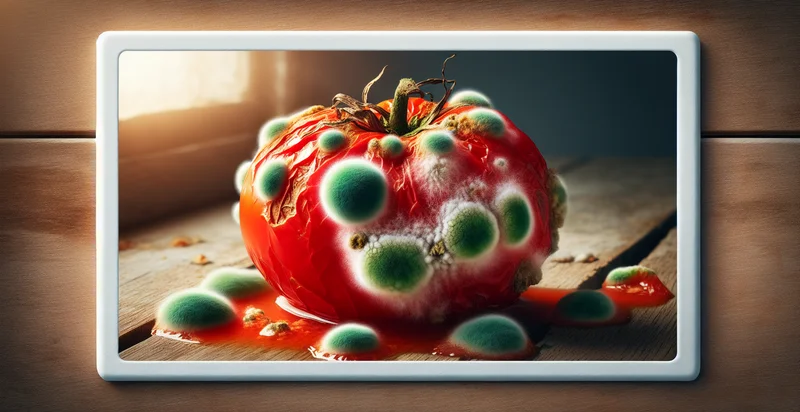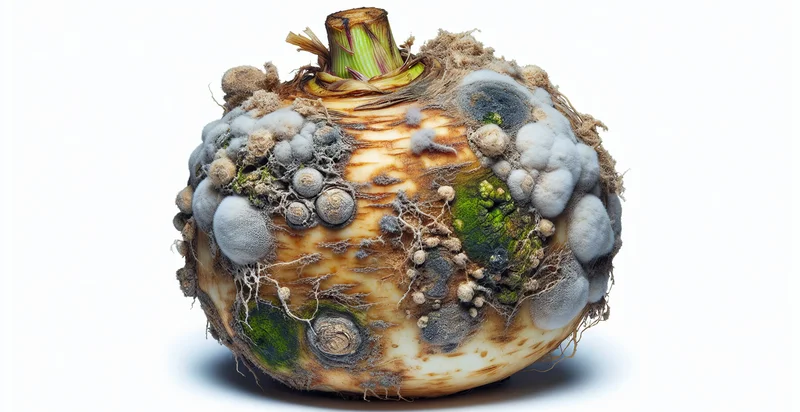Identify if tomato is rotten
using AI
Below is a free classifier to identify if tomato is rotten. Just upload your image, and our AI will predict if the tomato is rotten - in just seconds.

Contact us for API access
Or, use Nyckel to build highly-accurate custom classifiers in just minutes. No PhD required.
Get started
import nyckel
credentials = nyckel.Credentials("YOUR_CLIENT_ID", "YOUR_CLIENT_SECRET")
nyckel.invoke("if-tomato-is-rotten", "your_image_url", credentials)
fetch('https://www.nyckel.com/v1/functions/if-tomato-is-rotten/invoke', {
method: 'POST',
headers: {
'Authorization': 'Bearer ' + 'YOUR_BEARER_TOKEN',
'Content-Type': 'application/json',
},
body: JSON.stringify(
{"data": "your_image_url"}
)
})
.then(response => response.json())
.then(data => console.log(data));
curl -X POST \
-H "Content-Type: application/json" \
-H "Authorization: Bearer YOUR_BEARER_TOKEN" \
-d '{"data": "your_image_url"}' \
https://www.nyckel.com/v1/functions/if-tomato-is-rotten/invoke
How this classifier works
To start, upload your image. Our AI tool will then predict if the tomato is rotten.
This pretrained image model uses a Nyckel-created dataset and has 2 labels, including Fresh Tomato and Rotten Tomato.
We'll also show a confidence score (the higher the number, the more confident the AI model is around if the tomato is rotten).
Whether you're just curious or building if tomato is rotten detection into your application, we hope our classifier proves helpful.
Related Classifiers
Need to identify if tomato is rotten at scale?
Get API or Zapier access to this classifier for free. It's perfect for:
- Quality Control in Agriculture: This use case involves deploying the "if tomato is rotten" identifier in agricultural settings to ensure only high-quality produce reaches the market. Farmers can use the technology to automatically monitor tomato crops, identifying and removing rotten tomatoes to improve overall yield and profit margins.
- Grocery Store Inventory Management: Grocery stores can implement this image classification function in their inventory management systems to assess the quality of tomatoes on the shelf. By identifying rotten tomatoes in real-time, stores can reduce waste, enhance customer satisfaction, and maintain a fresher product offering.
- Supply Chain Optimization: Manufacturers and distributors can utilize the "if tomato is rotten" identifier to inspect tomatoes during transport. This ensures that only fresh tomatoes reach retailers and reduces the likelihood of returns due to spoilage, optimizing the supply chain flow.
- Restaurant Quality Assurance: Restaurants can integrate this technology into their kitchen operations to check the quality of tomatoes before use in dishes. By identifying rotten tomatoes, they can maintain dish quality, reduce food waste, and enhance customer experience through consistently high-quality meals.
- E-commerce Fresh Produce Verification: Online grocery services can implement the image classification function to verify the quality of tomatoes during the packaging process. This ensures that customers receive fresh, high-quality products, leading to higher customer loyalty and reduced returns due to poor quality.
- Food Safety Compliance: Food processing and packaging companies can use the "if tomato is rotten" identifier to meet regulatory compliance standards for food quality. By regularly checking for spoilage, these companies can improve safety measures, reduce liability, and enhance consumer trust.
- Research and Development: Agricultural researchers can employ this image classification function to study the prevalence of tomato rot in various growing conditions. The data gathered can inform best practices for crop management and lead to the development of more resilient tomato varieties.


